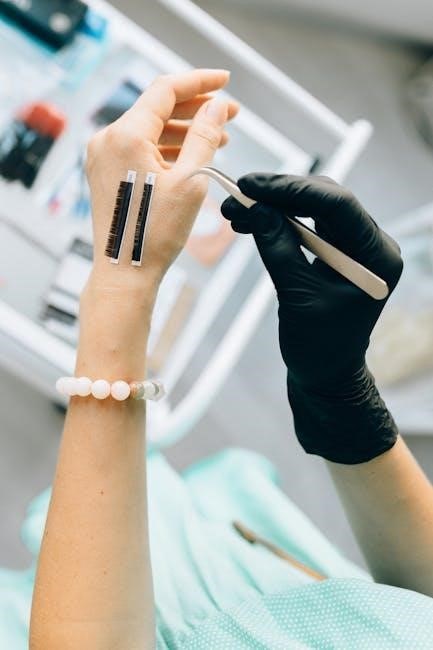Beauty Salon Business Plan PDF: A Comprehensive Guide simplifies the process of creating a detailed plan, ensuring essential elements like market analysis, services, and financial projections are included.
Executive Summary
The beauty salon business plan PDF outlines the strategic framework for launching and managing a successful salon. It introduces the salon’s mission, vision, and objectives, emphasizing high-quality services and customer satisfaction. The plan highlights target markets, competitive advantages, and unique selling points. Key services include hair styling, skincare, and nail care, catering to diverse client needs. Financial projections and operational strategies are also summarized to ensure sustainability and growth. This document serves as a roadmap for salon owners, investors, and staff, providing clear direction and actionable steps to achieve long-term success in the beauty industry.
Business Overview
The beauty salon business plan PDF provides a detailed overview of the salon’s structure, services, and operational framework. It outlines the salon’s legal entity, ownership, and location, ensuring clarity on its business model. The plan emphasizes the salon’s commitment to offering high-quality, personalized beauty services, including hair, skincare, and nail care. It also highlights the target market, focusing on demographics and client preferences. By leveraging industry trends and competitive analysis, the salon aims to establish itself as a premier destination for beauty and wellness. The document further outlines strategies for growth, customer retention, and financial sustainability, ensuring a solid foundation for long-term success.

Company Description
The beauty salon is a full-service establishment offering hair, skincare, and nail care services. It aims to provide premium beauty experiences, leveraging advanced techniques and quality products.
Mission and Vision Statements
Our mission is to deliver exceptional beauty experiences tailored to each client’s needs, fostering long-term relationships through personalized care and excellence. We aim to be the preferred beauty destination, recognized for our dedication to quality and customer satisfaction. Our vision is to revolutionize the beauty industry by setting new standards in service, innovation, and client-centric approaches. By staying ahead of trends and investing in our team’s expertise, we strive to create a transformative beauty environment that empowers individuals to feel confident and beautiful. This dual focus on mission and vision guides our daily operations and strategic growth.
Business Objectives
Our primary objectives are to establish a reputable beauty salon brand, achieve consistent customer satisfaction, and maintain a strong market presence. We aim to increase our client base by 20% annually through targeted marketing and exceptional service quality. Expanding our service offerings to include premium treatments like advanced skincare and specialized hairstyling will enhance our appeal. Additionally, we strive to maintain a high customer retention rate of 80% by fostering personalized relationships and loyalty programs. Financially, we target a 15% annual profit increase through efficient expense management and revenue growth. These objectives are designed to ensure long-term sustainability and position us as a leader in the beauty industry.
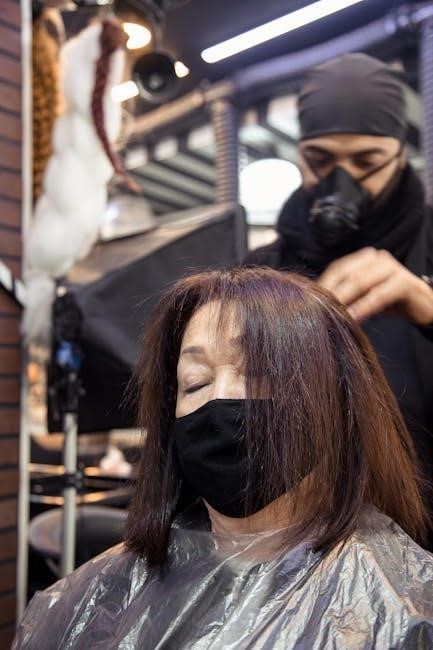
Market Analysis
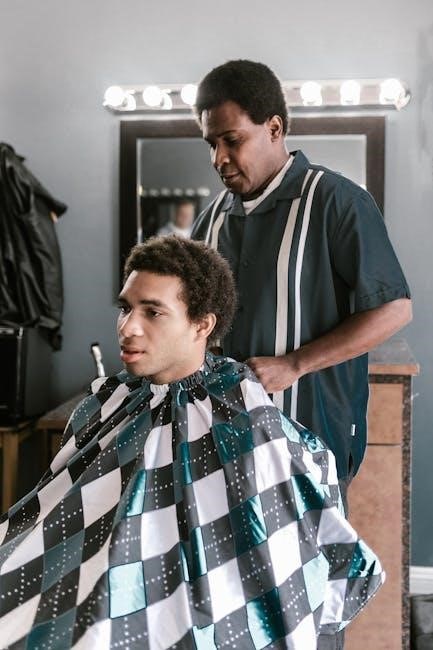
The beauty salon industry is growing rapidly, driven by increasing demand for personal care services. With a projected 5% annual growth rate, the market offers significant opportunities for expansion and innovation, particularly in premium and personalized beauty treatments, catering to diverse customer preferences and emerging trends.
Industry Overview
The beauty salon industry is experiencing rapid growth, driven by increasing demand for personalized beauty services and premium treatments. With a projected annual growth rate of 5%, the market is expanding due to rising consumer awareness of grooming and self-care. Key trends include the rise of sustainable beauty practices, advanced skincare treatments, and the integration of technology, such as online booking systems. Salon owners are also focusing on niche markets, like organic and vegan products, to cater to evolving customer preferences. Additionally, the popularity of at-home beauty services and subscription models is reshaping the industry landscape. These factors highlight the importance of adaptability and innovation for salons to remain competitive.
Target Market
The primary target market for a beauty salon includes individuals seeking premium beauty and grooming services. This demographic typically consists of women aged 18–45, middle to upper-income individuals, and professionals requiring convenient, high-quality beauty solutions. Additionally, there is a growing demand from younger clients and men interested in grooming services. Geographically, urban and suburban areas with high foot traffic are ideal locations. Psychographically, the target market values self-care, personalization, and convenience. Salons should also cater to niche markets, such as eco-conscious consumers preferring organic products or individuals seeking specialized treatments like vegan hair coloring. Understanding these segments allows salons to tailor services and marketing strategies effectively, ensuring long-term customer loyalty and satisfaction.
Competitor Analysis
A thorough competitor analysis is essential to understand the market landscape. Major competitors include established salons like Joes Beauty Salon, which has operated for 32 years, and Trend Setters, an upscale full-service salon. These competitors offer a wide range of services, including haircuts, coloring, and spa treatments. Indirect competitors may include home-based beauty services and smaller, niche salons. To stand out, focus on unique selling points such as personalized services, premium product offerings, and a welcoming environment. Analyzing competitors’ strengths and weaknesses helps identify opportunities to differentiate your salon and capture market share. Regularly monitoring competitors ensures your salon remains competitive and aligned with market demands.

Services Offered
The salon provides a wide range of services, including haircuts, coloring, styling, perms, waxing, nail care, and spa treatments. These services cater to diverse client preferences.
Hair Services
The salon offers an extensive range of hair services tailored to meet diverse client needs. These include precision haircuts, vibrant coloring, and creative styling options.
- Haircuts: Customized cuts for men, women, and children, ensuring a personalized look.
- Coloring: From subtle highlights to bold, vibrant shades, using premium products for lasting results.
- Styling: Updos, blowouts, and smoothing treatments to enhance any hairstyle.
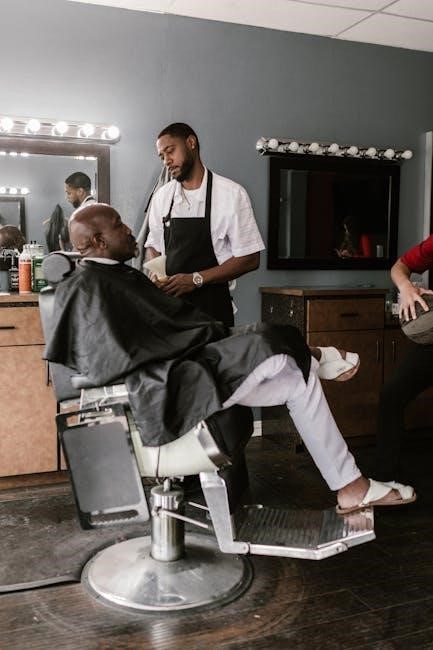
Additional services like perms, relaxers, and hair extensions are available, ensuring clients achieve their desired look with expert care and quality products.
Beauty Services
The salon provides a wide range of beauty services designed to enhance clients’ well-being and appearance. These include:
- Facial Treatments: Customized facials for different skin types, ensuring rejuvenation and hydration.
- Massage Therapy: Relaxing and therapeutic massages to ease stress and promote relaxation.
- Manicures and Pedicures: Luxurious nail care services, including gel, acrylic, and spa treatments.
- Waxing and Threading: Hair removal services for smooth, long-lasting results.
Additional services such as makeup application and skincare consultations are also available, ensuring a holistic beauty experience tailored to individual needs.
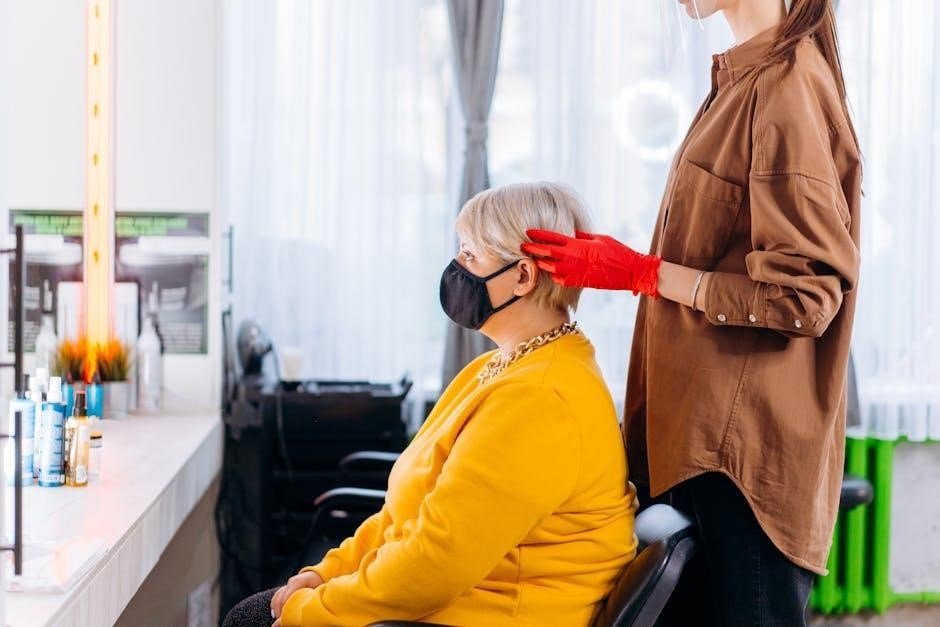
Marketing Strategy
A successful marketing strategy focuses on branding, digital presence, and client engagement. Utilize social media campaigns, promotional offers, and referral programs to attract and retain clients, ensuring visibility and loyalty.
Branding and Positioning
Effective branding and positioning are crucial for a beauty salon’s success. Start with a strong brand identity, including a unique name, logo, and cohesive visual style. Develop a tagline that reflects your salon’s values and services. Position your salon as a premium, affordable, or niche service provider based on your target market. Analyze competitors to identify gaps and highlight your unique selling points, such as expert stylists, high-quality products, or exceptional customer service; Use consistent messaging across all platforms to build trust and recognition. Tailor your brand to appeal to your target audience, whether it’s luxury seekers or budget-conscious clients. A well-defined brand and strategic positioning will set your salon apart and attract loyal customers.
Promotional Activities
Promotional activities are essential to attract and retain clients for your beauty salon. Start with a strong online presence by leveraging social media platforms like Instagram and Facebook to showcase your work, share testimonials, and run targeted ads. Offer special discounts for first-time customers, loyalty programs for repeat clients, and referral incentives to encourage word-of-mouth marketing. Collaborate with local businesses or influencers to cross-promote services. Host events like open houses or themed beauty nights to engage the community. Use email marketing to send newsletters with exclusive offers and tips. Invest in local SEO to improve visibility in search results. Regularly update your website with fresh content and client success stories to build credibility and attract new customers.
Operations Plan
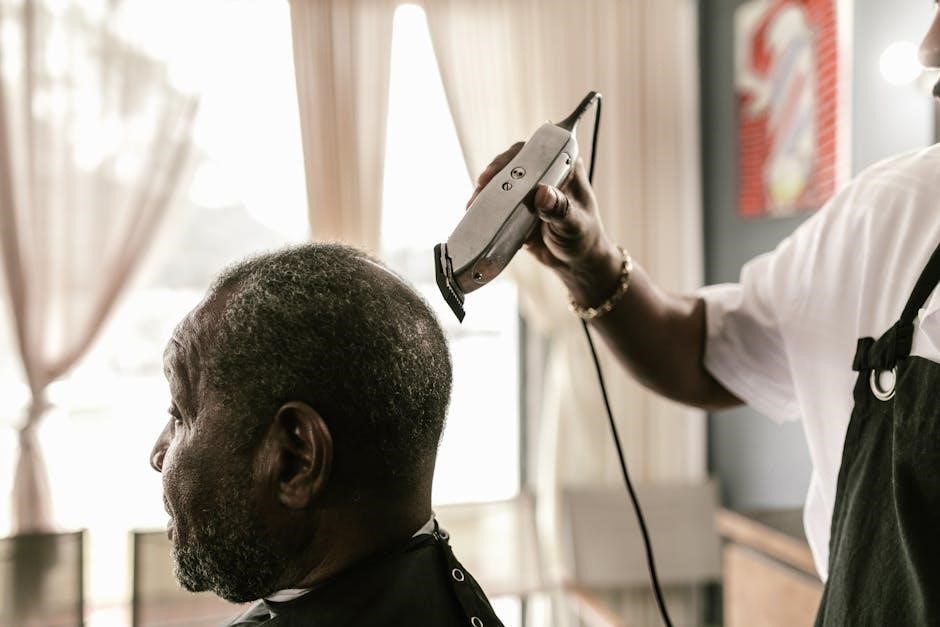
An effective operations plan ensures smooth salon functioning, covering location, equipment, staff training, and workflow management to deliver high-quality services consistently.
Location and Facilities
Selecting a prime location is crucial for a beauty salon’s success. The salon should be situated in a high-traffic area, such as a busy shopping district or near residential neighborhoods, ensuring visibility and accessibility. Ample parking and easy access for clients are essential. The facility should be leased with a long-term agreement to ensure stability. Inside, the salon will feature modern, stylish decor that reflects the brand’s aesthetic, creating a welcoming atmosphere. Key amenities include private treatment rooms, comfortable seating areas, and state-of-the-art equipment for various services. The layout will be designed to maximize efficiency and client flow. Ensuring compliance with local health and safety regulations is also a priority to maintain a clean and hygienic environment.
Staffing and Training
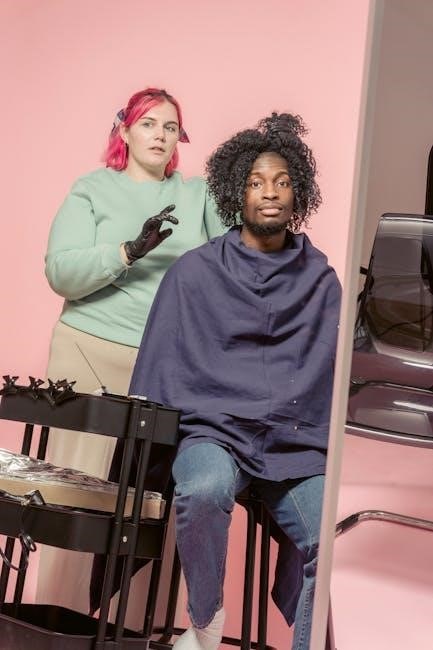
A skilled and well-trained team is essential for delivering exceptional beauty services. The salon will hire licensed professionals, including hairstylists, estheticians, and nail technicians, ensuring expertise in their respective fields. Staff will undergo comprehensive training to stay updated on the latest trends and techniques. Ongoing education will be prioritized to maintain high service standards and client satisfaction. Additionally, all employees will be trained in customer service to foster a welcoming and professional environment. The salon will also implement a mentorship program to help new hires integrate seamlessly into the team. Continuous feedback and performance evaluations will ensure consistent growth and improvement. By investing in staff development, the salon will build a loyal and capable workforce dedicated to excellence.
Financial Plan
The financial plan outlines projected revenue, expenses, and profit margins, ensuring sustainable growth; It includes budgeting, funding requirements, and strategies to achieve long-term financial stability.
Revenue Projections
Revenue projections outline anticipated income from services like haircuts, coloring, spa treatments, and product sales. These forecasts consider market demand, pricing, and seasonal trends. By analyzing historical data and competitor pricing, realistic targets are set. For example, a salon might project $250,000 in first-year revenue, growing 10% annually. This includes breakdowns of revenue streams, such as 60% from hair services and 40% from beauty and spa treatments. Upselling strategies and customer retention programs are also factored in to ensure sustainable growth. Regular reviews and adjustments to these projections help maintain financial accuracy and adapt to market changes.
Expense Management
Effective expense management is crucial for maintaining profitability in a beauty salon. Key areas include rent, utilities, staff salaries, and product costs. Salons should budget for essential supplies like shampoos, conditioners, and styling tools. Energy-efficient equipment can reduce utility bills, while negotiating with suppliers ensures cost-effective pricing. Staffing costs, including training and benefits, must be balanced with service demand. Regular financial reviews help identify areas for cost reduction without compromising service quality. Implementing digital tools for expense tracking and budgeting ensures transparency and accountability. By optimizing resource allocation, salons can sustain profitability and reinvest in growth initiatives, ensuring long-term success in a competitive market.
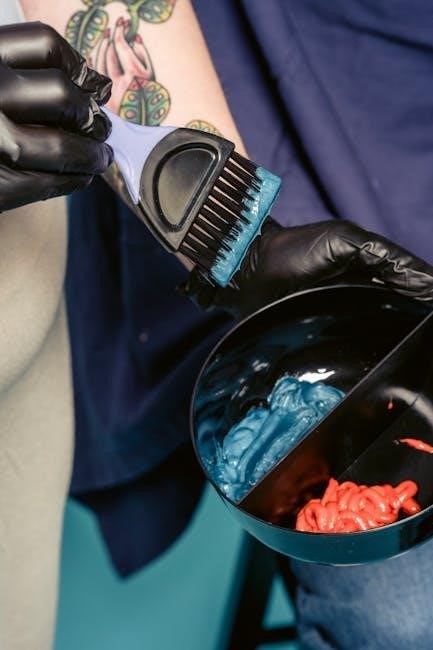
Management Team
The management team comprises experienced professionals, including the salon owner, manager, lead stylists, and marketing specialist, each bringing expertise in operations, client relations, and innovation to ensure success.
Key Personnel
The salon’s success relies on a skilled and dedicated team. The salon owner brings extensive experience in the beauty industry, overseeing strategic direction and financial management. The salon manager handles daily operations, ensuring smooth client interactions and staff coordination. Lead stylists are certified professionals with expertise in cutting-edge techniques, maintaining high service standards. A marketing specialist focuses on branding, social media, and promotional activities to attract and retain clients. Together, this team ensures the salon delivers exceptional experiences, fostering loyalty and driving growth. Their collective expertise and commitment are crucial to achieving the salon’s mission and vision in the competitive beauty industry landscape.
Roles and Responsibilities
A well-defined structure ensures the salon operates efficiently. The salon owner oversees financial decisions, strategic planning, and overall direction. The salon manager handles daily operations, staff supervision, and client satisfaction. Stylists deliver high-quality hair and beauty services, staying updated on trends and techniques. Receptionists manage bookings, client communication, and retail sales. Marketing specialists develop promotional strategies to attract new clients and maintain brand visibility. Each role is critical to providing exceptional customer experiences and achieving business objectives.
A well-crafted beauty salon business plan PDF serves as a roadmap for success, outlining clear goals, strategies, and financial projections. By focusing on market analysis, target demographics, and competitive advantages, the plan ensures a strong foundation for growth. It highlights the importance of quality services, effective marketing, and efficient operations to attract and retain clients. Additionally, the plan emphasizes the need for skilled staff and a welcoming environment to deliver exceptional customer experiences. With a comprehensive business plan, salon owners can secure funding, guide decision-making, and achieve long-term sustainability in the competitive beauty industry. This document is essential for turning vision into reality, ensuring the salon thrives and meets its objectives effectively.
